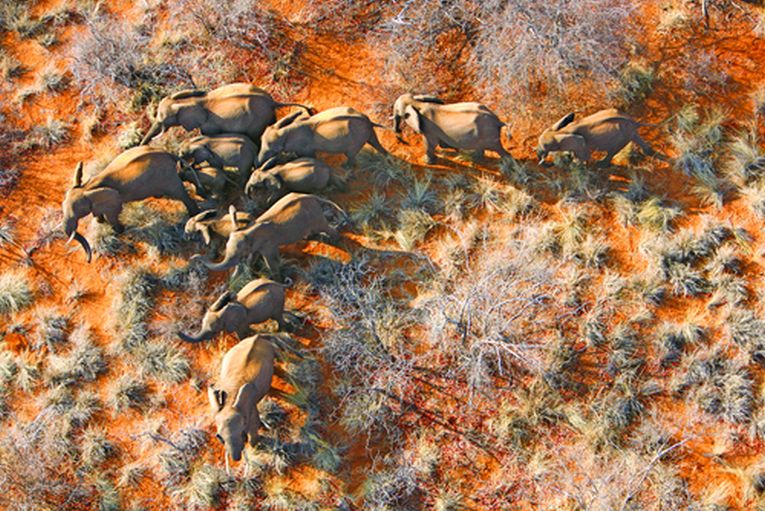Drones are one of the most controversial and frequently mentioned surveillance technologies to appear in the past few years. Their questionable military uses and potential for invasion of privacy has soured options on their increased use. Recently though, drones have become a talking point for a completely different and non-weaponized reason: conservation - specifically that of the African elephants and rhinos. Kenya announced last month that with the assistance of Google, they will be creating the plans to employ drones more readily into their conservation efforts. While the use of drones has been hailed as the next great advance in the conservation of frequently poached animals, is it really a feasible widespread conservation strategy?
The most obvious concern is the high cost associated with the purchasing, building and maintaining of a drone. Professionally designed and manufactured drones can cost upwards of $20,000, leading many conservation groups to build their own through parts ordered online. Even with this handmade option, these pieces of often fragile technology still may cost several thousand dollars. For many conservation groups, funding is limited and often stretched over many different projects and this money for even a single drone could easily be used in other efforts. There is also likely to be an additional drone cost due to the training and maintenance required for it to run efficiently. Furthermore, there is the risk that all of this effort and money could quickly and easily be lost if the drone crashes or is shot down by poachers.
Another problem associated with drones is the limit of regions where they can be used. Drone manufactures are eager to capitalize on the potential of drones in the conservation game, and are actively seeking out any and all wildlife conservation programs to offer their technologies. In many cases the wildlife groups are forced to end the conversation due not to money, but based on their geographic location. A wildlife group working to prevent poaching in Southeast Asia must contend with an obstacle that African savannah groups do not have: dense forest. While it might be helpful in scanning the canopy for orangutan nests or something similar, unfortunately most drones are not practical in regions of heavy tree growth. There is just too great of risk of crash involved and the benefit of scanning vast expanses of land is lost.
With these considerations in mind, drones do have real potential in the regions of Africa facing elephant and rhino poaching. They can safely cover the large expanses of land with greater visibility. This is important for the rangers fighting to protect the wildlife as they are often targets of the poachers themselves. The drones allow rangers to detect poachers while protecting themselves, and more productively. One ranger can now remotely patrol distances that would have taken a team to complete previously. Additionally, as poaching is frequently done at night, a high vantage point with night vision capabilities is more likely to detect the unwanted trespassers than a standard ground patrol would.
There is also the chance of drones for education use. Since drones often connect to satellites, it allows for offsite viewing which can be used on a global scale. For instance, through the power of the internet, American or any other students might be able to "ride along" on an evening patrol. Additionally, footage observing the poachers in action from a distance could potentially be used in training rangers in the tactics used by the poachers, allowing them to stay a step ahead.
While drones do have their limits, especially in forested regions, in particular portions of Africa they could be of great help in stemming the rise in poaching related wildlife and human death. As the technology becomes more popular in conservation (and in many other applications), it is likely that the price will eventually fall. Also, we can hope that drones designed for densely forested regions could be developed as demand increases.It's likely that the infra-red capability would be very useful in these forests. Unfortunately, as of right now drones only really have effective use in the African savannah, and not globally in the fight against wildlife trafficking but there is this potential for their use in the future.















